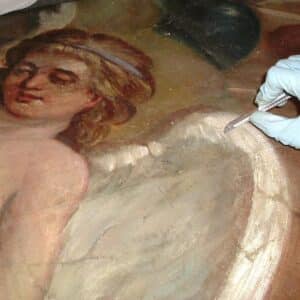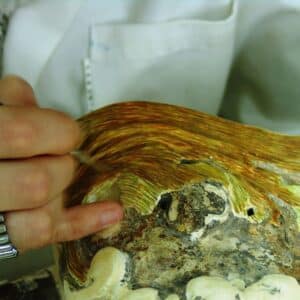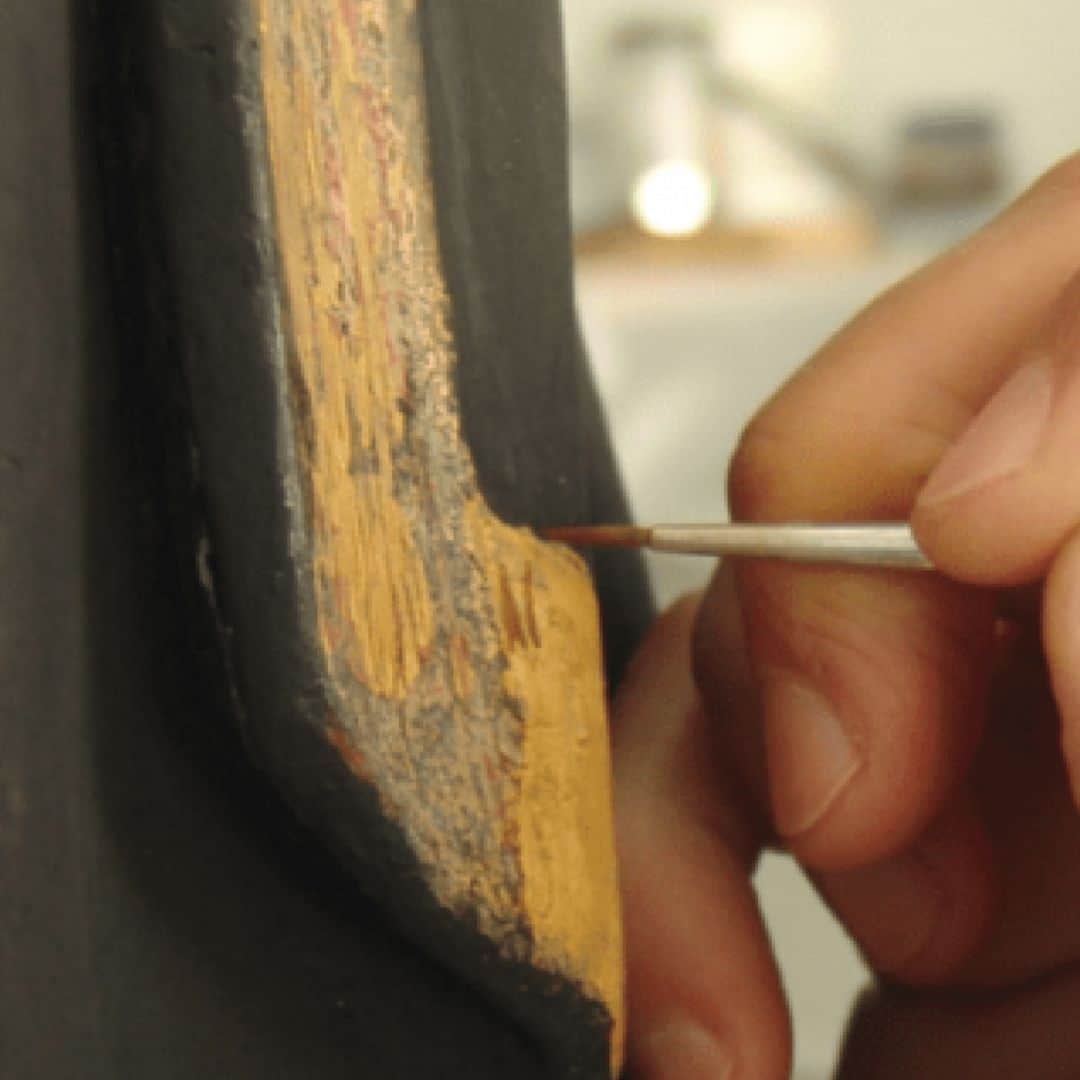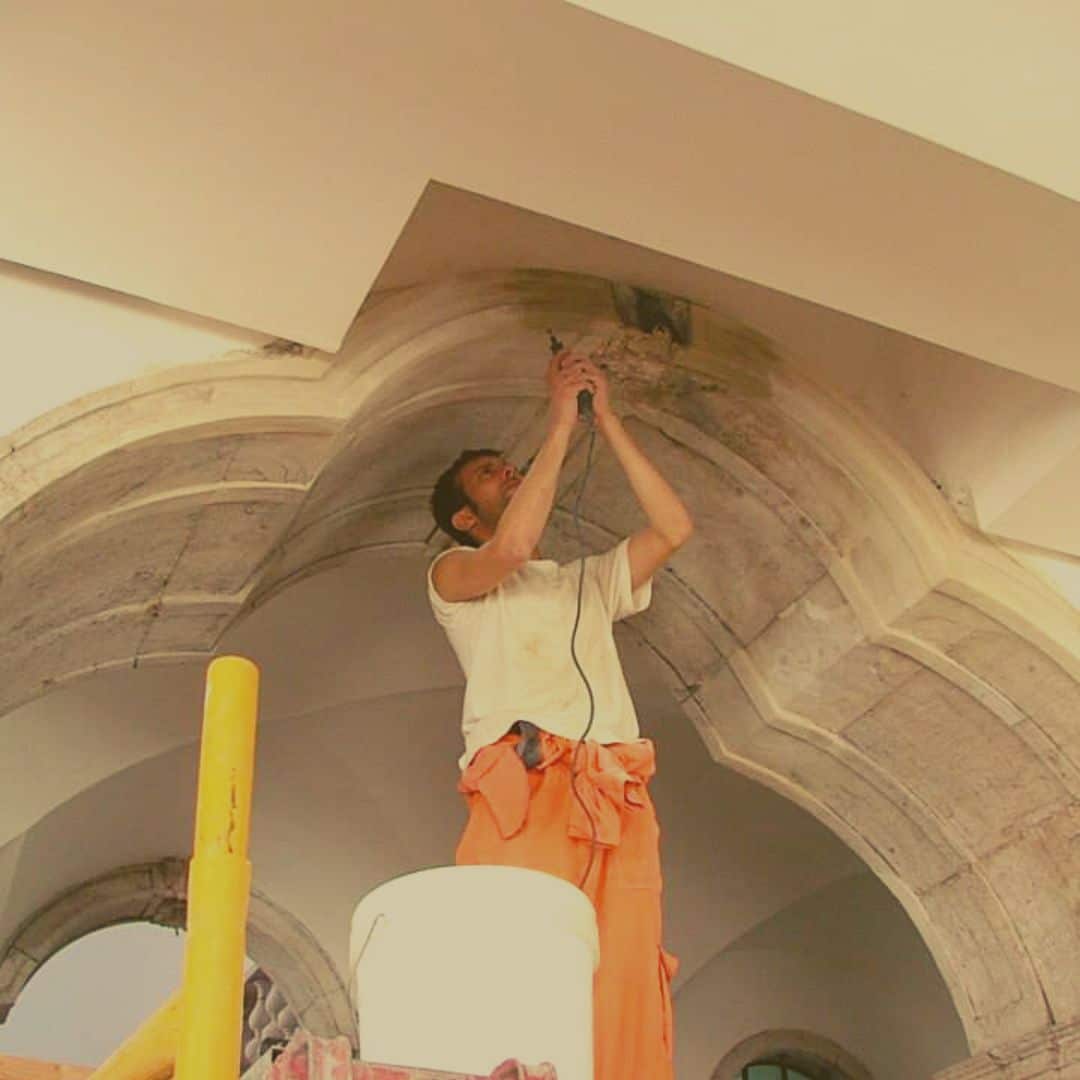What is meant by Heritage Restoration and what are the basic principles of any conservation and restoration intervention intervention?
The aim of this article is to answer this question succinctly using internationally accepted concepts.
You can read in: Português | Español
What is Heritage Restoration ?
According to the definition given by ICOM – International Council of Museums, heritage restoration means.
Actions on the object that aim to re-establish its aesthetic value by restoring its readability and comprehensibility.

These actions only take place when the object has lost part of its meaning or function through alteration or deterioration.
Examples include:
- chromatic reintegration of paintings.
- assemblage of a sculpture with gaps.
- reintegration of volumetric gaps.
Thus, the restoration of historical and artistic heritage is the last level of technical conservation and restoration intervention and presupposes the loss of comprehensibility of the work.
Preventive conservation and curative conservation are always the first steps towards the preservation of cultural heritage.
Develop this aspect in the article What is restoration and conservation?
Evaluation of the need for intervention
Heritage Restoration interventions therefore need to be carefully considered in order to determine whether they are really necessary, while respecting the original work.
The need for restoration must always be assessed. And it must be checked whether it is possible to carry out only curative restoration in order to preserve the original.
Any restoration of heritage intervention must therefore comply with 5 key principles.
5 Principles of intervention in heritage restoration
These 5 principles of intervention in Heritage Restoration consist of
1 – Compatibility with original materials
Compatibility with the original materials, not producing physical or aesthetic damage to them.
Careful choice of all materials and products to be used during all phases of intervention in order to guarantee this principle.
2 – Respect for the original
Respect for the original, one cannot falsify, hide, or invent parts or areas that do not exist that distort the initial reading of the work and that was idealized by the artist.
In Heritage Restoration irreversible treatments should always be avoided.
3 – Minumum intervention
Principle of minimal intervention, carrying out only the minimum necessary, avoiding causing physical stress to the work and ensuring that the historical and constituent information of the piece is maintained.

All heritage restoration techniques and operations will be based on this principle and volumetric and chromatic reintegrations will be carried out when there is a clear reference and when the aesthetic reading of the work is at stake, which will be decided in collaboration with by an interdisciplinary team.
The levels of intervention must be defined in advance and never decided only by the restoration technician carrying out the work.
The question of minimum intervention is, for example, very important during the cleaning phase. Although this is seen as a simple operation, it raises major ethical questions.
We have to bear in mind that anything removed at this stage cannot be replaced and is irreversible.
4 – Reversibility
Reversibility of the intervention (materials and techniques), without damaging the original.
The principle of reversibility will be respected through the use of materials and techniques that are not only compatible with the originals present but also reversible, i.e. whose removability is guaranteed without causing damage to the pre-existing.
5 – Recognition
Recognition of the intervention, distinguishing it from the original without causing disturbances to the reading and longevity of the work.
This is particularly important for volumetric or chromatic reintegrations. The restoration techniques to be used must be carefully chosen in order to restore an aesthetic reading to the work as a whole, while ensuring that the reintegrated areas are recognizable.

All heritage restoration intervention works and their methods will have as their principle the aesthetic reading of the work as a whole but will have as a basis of choice its visual recognition as an intervention.




1 Comment.
[…] Disponível em: Español | English […]